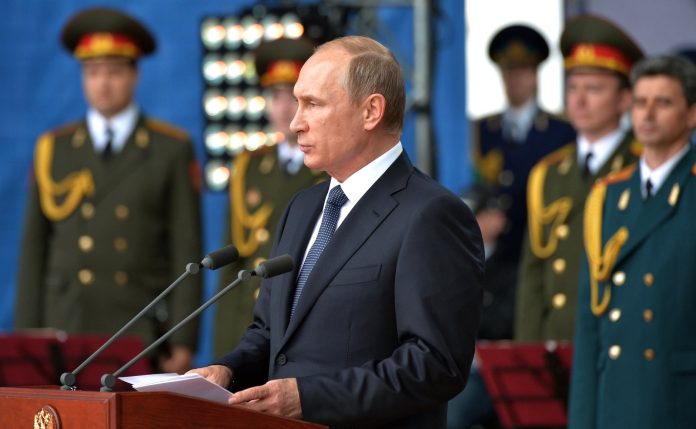
It was a letter hand-delivered in Moscow that could redefine the standoff in a region. In mid-October 2025, Venezuelan President Nicolás Maduro made a direct appeal to Vladimir Putin for military aid aimed at resuscitating the dwindling fleet of Russian-made Su-30MKV fighters and acquiring advanced deterrent capabilities. The timing was intentional: U.S. naval power was increasing in the Caribbean, while Washington’s rhetoric toward Caracas hardened.
The request underlined how, for two decades, Venezuela has relied on Moscow for high-end defense systems, even as the latter’s own wartime demands in Ukraine have complicated that relationship. Yet to be determined is whether Russia will commit resources to shore up an ally under pressure-and if it does, whether such aid can meaningfully alter the balance in a theater crowded with U.S. warships, strike aircraft, and special operations forces.

1. Maduro’s Direct Appeal to Putin
In an October letter to Putin, Maduro referred to the Su-30MKV fighters as “the most important deterrent” to the threat of war, according to internal US government documents cited by the Washington Post. The Venezuelan leader asked for overhauls of eight AL-431F jet engines, five radars, and unspecified logistical support. Most importantly, however, he requested a three-year financing plan through Rostec, Russia’s state-owned defense conglomerate, saying his country couldn’t pay for the overhauls upfront. This was not a regular procurement request. The delivery was tasked to the Transportation Minister Ramón Celestino Velásquez, who traveled to Moscow to meet Russian officials. The ask reflects Caracas’s strategic calculation: without Russian technical and financial backing, its premier air assets risk becoming irrelevant in the face of escalating U.S. military pressure.

2. The Su-30MKV Fleet: Declining Readiness
Once touted as the most advanced fighter force in Latin America, the 22 Su-30MKVs flying in Venezuelan service are a shadow of their former selves. By 2018, fewer than five were reportedly serviceable due to economic collapse and maintenance shortfalls. These aircraft, derivatives of the Su-30MK2 which had been adapted for service with China’s PLAN, featured avionics from the Su-35 program but have since been outmoded. Even if restored, the small fleet’s operational impact would be limited; modern air combat requires levels of sustained readiness, integrated support systems, and trained crews that Venezuela has never demonstrated consistently. The request to revamp engines and radars is at least as much about symbolic deterrence as about combat effectiveness.
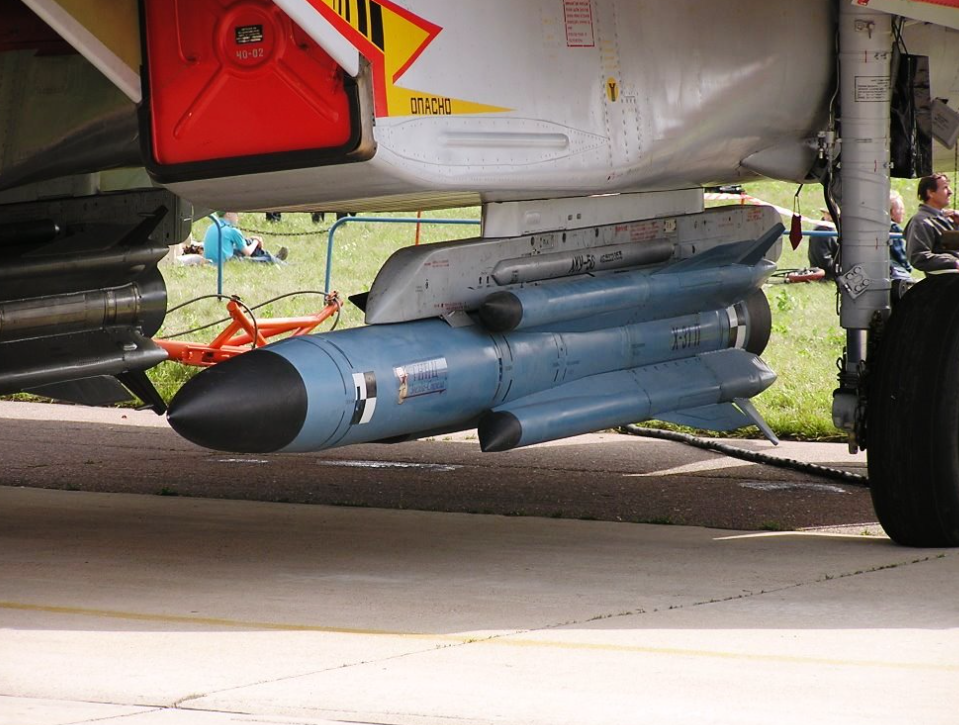
3. Kh-31A Anti-Ship Missiles – Speed as a Weapon
The most powerful armament the Su-30MKV carries is the Kh-31A anti-ship missile, known to NATO as the AS-17 Krypton. Ramjet-powered, it is capable of reaching Mach 2.4 at sea level and Mach 3.3 at altitude, thereby carrying a high-explosive fragmentation warhead of up to 110 kg. At about 44 miles, the limited range means launch platforms must operate dangerously close to targets. The U.S. Navy is especially cognizant of the fact that Kh-31s are generally used as target missiles to test ship defenses, further underlining its threat profile. High terminal speed and evasive maneuvers make interception challenging, especially in close-range encounters off the coast of Venezuela.
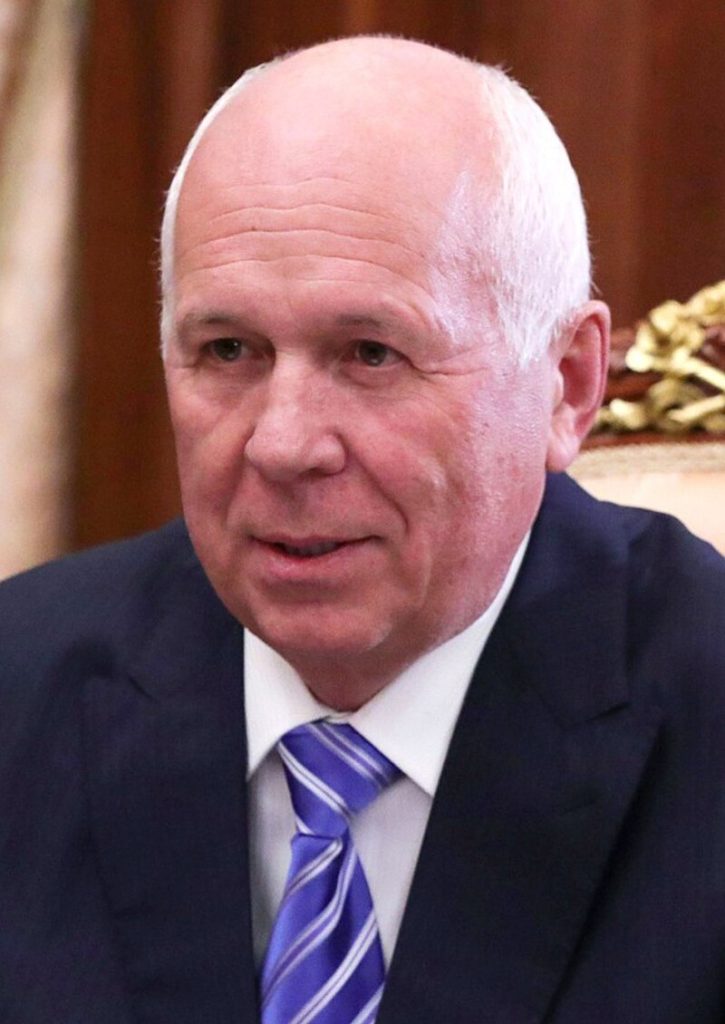
4. The Role of Rostec and Chemezov’s influence
Rostec, headed by Sergey Chemezov, a former KGB colleague of Putin, produces up to 80 percent of Russia’s military hardware. This includes more than 700 firms and half a million employees, thus making it the linchpin in Russia’s defense exports. The network led by Chemezov acts within a stable, closed nomenklatura system in which loyalty and political literacy are more important than technical merits. That Maduro would route financing through Rostec reflects the corporation’s logistical capacity and its political significance. Deals of this nature are often underpinned by complex patronage structures, with possible “commissions” that serve broader Kremlin interests.

5. Russian Support Amid Global Commitments
Moscow has been repeating “firm support” for the sovereignty of Venezuela, even as the Kremlin’s spokesperson called on Latin America to remain a “zone of peace.” Yet analysts underline that the Russian military industry is already heavily burdened by the Ukraine conflict and thus has little capacity to assist its allies. The recent flights of Ilyushin Il-76 transports into Caracas hint at ongoing cooperation, but the scale and nature of cargo delivered remain undisclosed. The question is whether these symbolic gestures will translate into substantive capability upgrades for Venezuela’s armed forces.
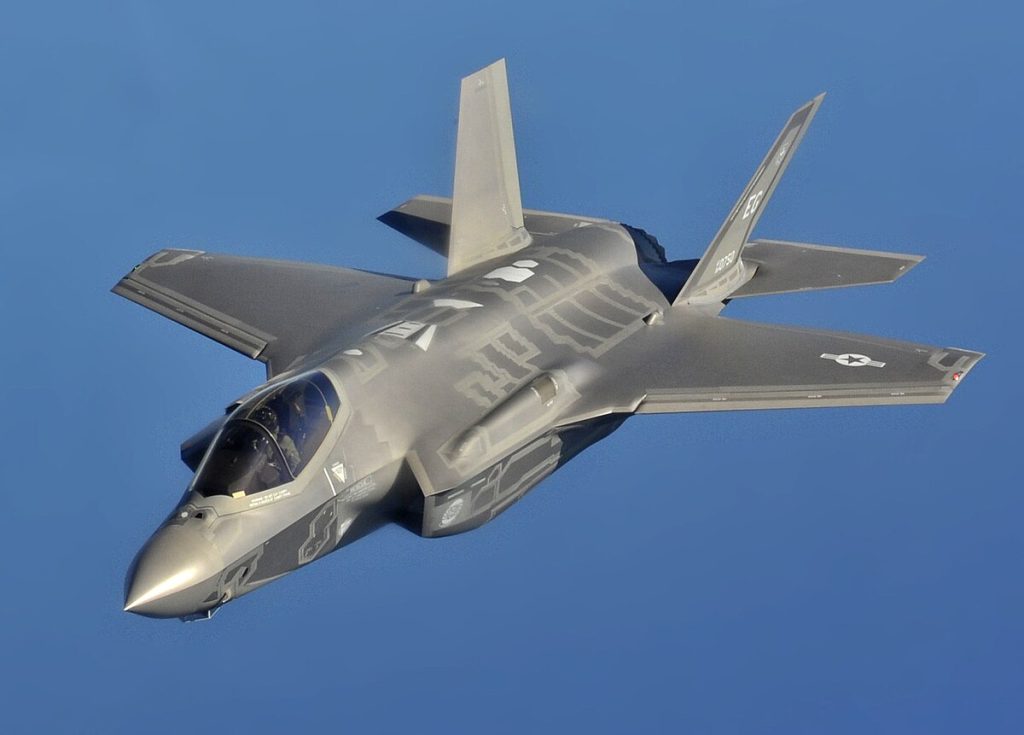
6. U.S. Naval Buildup in the Caribbean
It includes the eight Navy warships, one nuclear-powered submarine, and the USS Gerald R. Ford Carrier Strike Group with more than 4,000 additional troops. The assets range from F-35 Lightning II fighters and B-52 bombers to MQ-9 Reaper drones. This force posture is far beyond what is typically required for counternarcotics operations and gives every indication of readiness for wider operations. As Ryan Berg from CSIS observed, carrier availability is limited, and its presence “starts a clock ticking” for potential strike decisions.

7. Close Encounters and Escalation Risks
Venezuelan fighters have flown near U.S. warships, creating scenarios where Kh-31A missiles could be within launch range. These encounters compress reaction times and heighten the risk of miscalculation. Yet, while U.S. Aegis-equipped ships feature multi-layer defenses including SM-2/SM-6 missiles and Phalanx CIWS, the speed and maneuverability of the Kh-31A make the missile daunting to counter. Any combat engagement would have serious geopolitical implications.
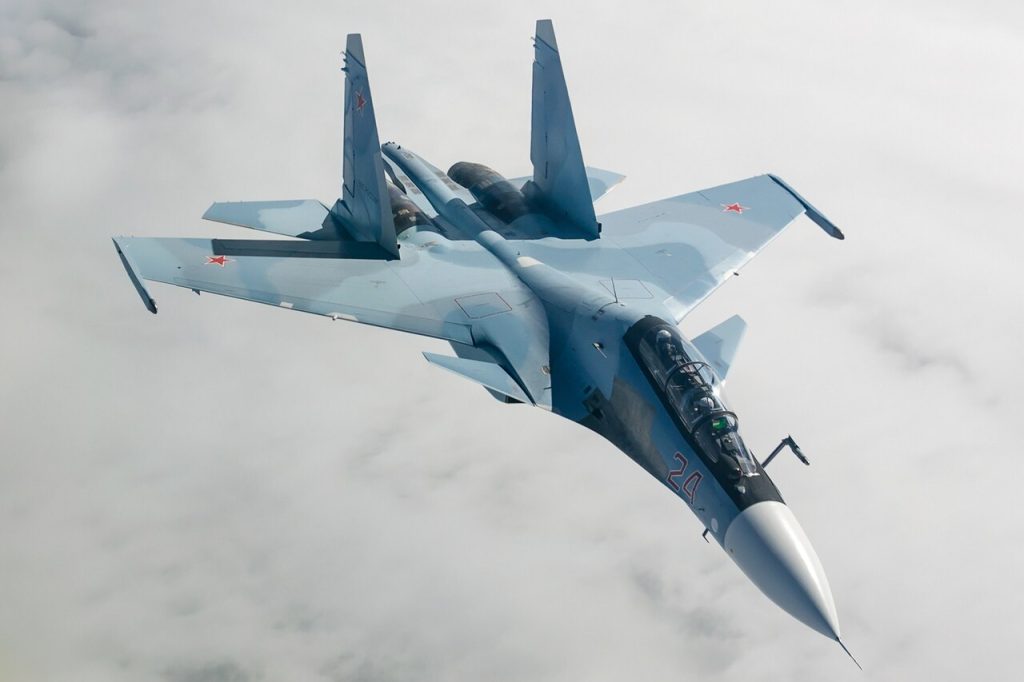
8. Venezuela’s Broader Air Defence Network
Beyond the Su-30/Kh-31 combination, Venezuela fields Russian-supplied S-300VM and Buk-M2 surface-to-air missile systems, plus thousands of portable Igla-S launchers. The Maduro regime claims 5,000 Igla-S units are deployed nationwide, with the ability to target low-flying aircraft and drones. These systems provide multi-tiered coverage but depend on maintenance and integration with radar networks areas vulnerable to resource constraints. Requests for new radars in the Putin letter suggest gaps in detection capability.

9. Regional Reactions and Strategic
Signalling, neighbouring states, including Trinidad and Tobago, have voiced unease over becoming collateral in a U.S.-Venezuela confrontation. The arrival of U.S. destroyers for joint training coincided with Maduro suspending energy agreements, signalling how military manoeuvres can spill into economic diplomacy. For Washington, the build-up sends a message of deterrence to both Caracas and its associated cartels. For Caracas, publicity about the Kh-31 drills aims to indicate resolve, even when operational realities temper the threat.
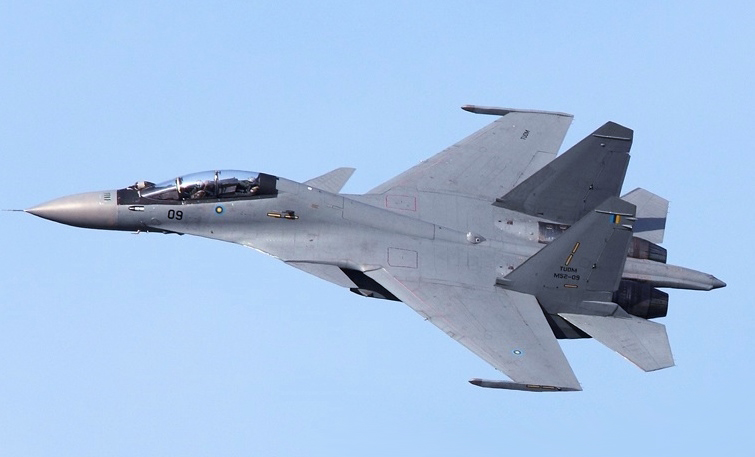
10. The Limits of Symbolic Deterrence
Even with Russian aid, the restored fighters and missile systems may prove to be only symbolic political assets rather than operational game-changers for Venezuela due to a limited fleet size, outdated technology, and low serviceability rates. Their strategic worth is in complicating U.S. planning, raising the cost of intervention, and reinforcing Maduro’s narrative of resisting foreign aggression.
Whether Russia answers Maduro’s call with actual military aid depends on what it perceives to be its global priorities and its capacity for power projection beyond Eurasia. For Venezuela, a partial restoration of its Su-30 fleet and some missile capabilities may indeed be enough to enhance deterrence in a tense maritime theatre. Still, the U.S. buildup ensures that any confrontation would unfold under overwhelming American force, making this a contest as much about political signalling as battlefield realities.
